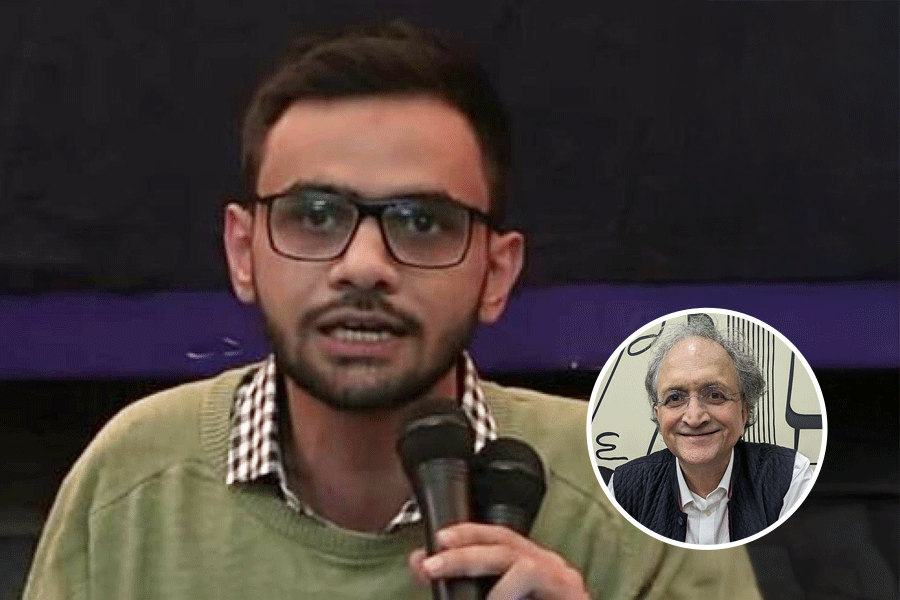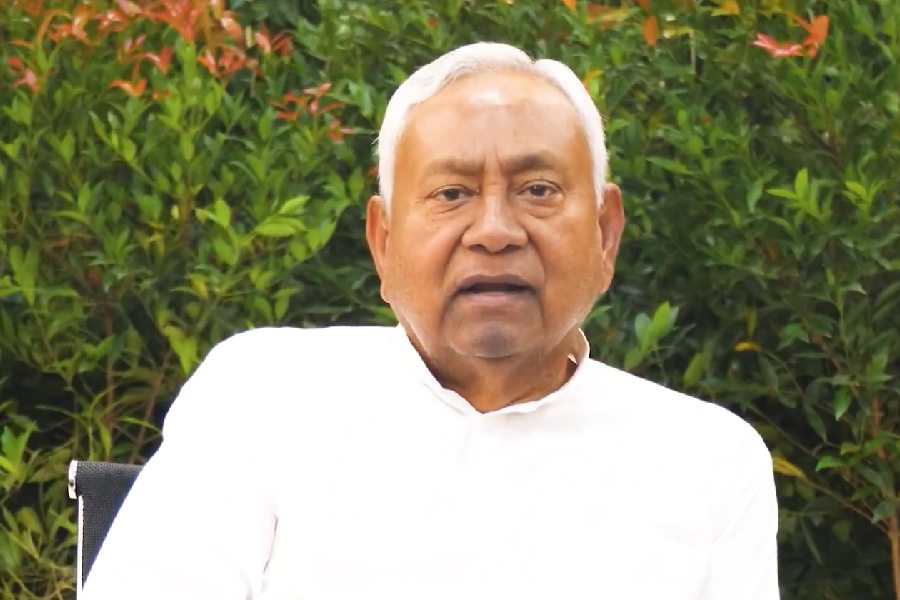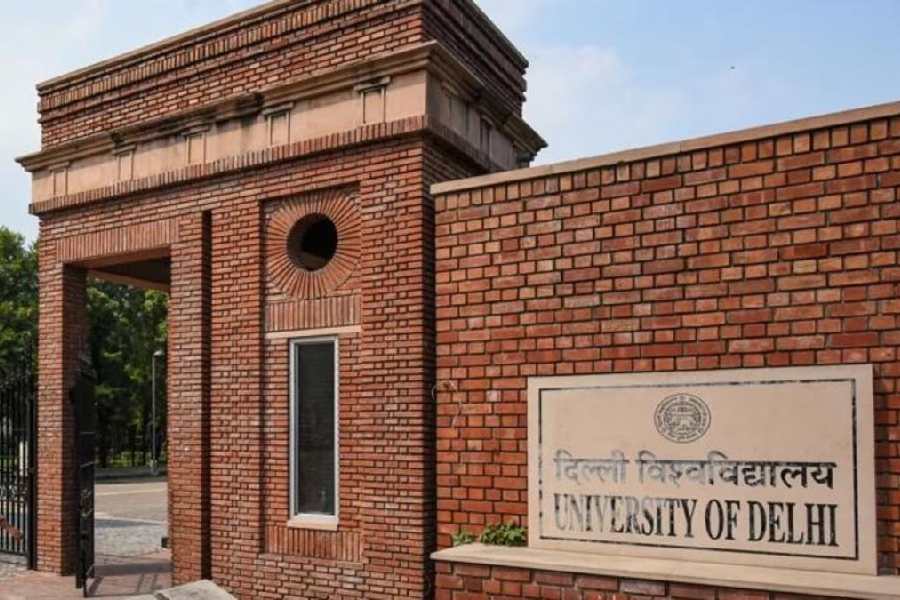 |
 |
| Ashoke Sen (top), Stephen Hawking: Meeting of minds |
New Delhi, Feb. 9: Physicist Ashoke Sen, one of India’s highest-cited scientists who has made key contributions to unify two bedrock theories of modern physics, will join British physicist Stephen Hawking for extended research visits at a Canadian institution.
Sen, a senior scientist at the Harish Chandra Research Institute, Allahabad, is among nine physicists just appointed as distinguished research chairs at the Perimeter Institute [PI] of Theoretical Physics in Ontario, Canada.
In November, PI had named Hawking, a renowned theoretical physicist at the University of Cambridge who has made major contributions to the science of cosmology, as the first of 40 planned distinguished research chairs. Over a three-year period, the physicists will be expected to spend several weeks at PI each year as they pursue a common goal: to unravel the fundamental laws that govern the universe.
Sen, who has contributed to string theory, a domain of theoretical physics that seeks to unify quantum mechanics with Einstein’s theory of general relativity, said he plans to visit PI for about a month each year.
Quantum mechanics successfully describes nature at its smallest scales, while general relativity explains gravity and the cosmos at its biggest scales.
String theory offers a promise of unifying the two, but also has strange consequences — 10 dimensions, or multiple universes. Sen is trying to apply string theory rules to black holes — points in space so dense that even light cannot escape their gravity.
Sen’s papers related to string theory have high levels of citations — a measure of their scientific significance. A paper titled Rolling Tachyons from 2002 has been cited over 580 times in other papers. Another from the same year has 480 citations. “There are some theoretical puzzles about black holes. String theory may help address them,” Sen said.
The PI programme is intended to bring together physicists from related but complementary areas. “When complementary insights are brought to bear and critical mass is achieved, major advances are possible,” said Neil Turok, the director of the PI.










